An intensely gruesome murder. An unimaginably creepy defendant and her weird boyfriend. Drugs and money and a lost little girl. And it wasn’t fiction. (Not yet, at least, but more on that in a minute.) Here in Boston, they called it the Baby Doe case.
It’s Sunday evening, and I’m sitting at the kitchen table listening to my lawyer husband. He’s practicing the closing argument he’s about to give to the jury in Baby Doe. He’s an experienced successful defense attorney. A good guy. Who, truly, believes his client did not commit this murder.
I listen, fascinated. And more importantly, completely convinced that the story my husband is telling is true. He’s used only the evidence presented at the trial, as he legally is required to, and what he is saying is so persuasive, I cannot believe a jury would not instantly return a verdict of not guilty.
And then, I imagine another spouse, sitting at another kitchen table across town in Boston somewhere. She is listening to her husband present his closing arguments. Those of the prosecution.
Is she as mesmerized as I am? As convinced, as certain? The prosecutor, of course, is arguing that my husband’s client is guilty! Using exactly the same evidence, as he is required to do, he has created a completely different version of what happened.
Which version is true?
Trust me, each of those lawyers would be telling the jury. Trust me. I am telling you the truth of what happened.
As a result of this, of this impossible choice, I became more and more obsessed with the central question of truth. There was the prosecution side and the defense side—and then there was the truth. There were actually three sides to every story, I realized. It all depends what you mean by “the truth.”
In that moment, Trust Me was born.
Here is what— for me at least – makes this book even more breathtakingly personal. Something that happened six years earlier.
Remember the Casey Anthony trial? They called it the trial of the century. Television viewers across the country were riveted, every day, to the wall-to-wall coverage of the case of the Florida party girl who was accused of killing her toddler, hiding her body, and then lying about the girl’s whereabouts for a month. Everyone was talking about it. The intensity of the animosity toward Casey Anthony actually brought people together! Strangers on subways and in elevators discussed the characters, and dissected the evidence, and exchanged gossip and the speculation. It was a tragedy, a terrible story, and it was everywhere.
Back then, I was hired to collaborate with the on-scene trial reporter to write the true crime account of the Casey Anthony story — an “instant book,” my editor called it. I was under a crushing deadline for it, too: I had to watch the trial on TV, research Anthony’s background and past and all of the evidence and documentation, and use it to write a true crime account of what happened. And on the day she was sentenced to prison for life, as everyone assumed she would be, the book would be published.
I worked nonstop for two months. I dropped everything. I had three computers–one for research, one for watching the trial, and one for writing the book. I wrote from dawn till midnight, and even later.
It was a revelation. I realized I was the perfect person to write the story. I’d been a television reporter for 30 years at that time, and understood evidence, and trials, and storytelling, and suspense. I’d covered the Civil Action trial and the Claus Von Bulow retrial, among many others. I knew how to write for television, I knew how to write about trial coverage, and I knew this was a hell of a story. I will admit I thought I’d found my calling as a true crime narrative nonfiction author.
I finished. I even wrote the outline of the verdict day scene before it happened. Of course she’d be found guilty, I’d decided. She was guilty, I’d decided. No other result was possible.
Then. Casey Anthony was found not guilty. The book was killed. All my work was for nothing.
But what affected me even more profoundly: I had, apparently, gotten everything completely wrong. I had written the whole book, I realized, as if she were going to be found guilty. Because, again I admit, that’s what I thought was true. But the jury disagreed with me. How could the jury believe one thing, and I so deeply believe another?
I thought about that dilemma, again, during my husband’s trial. And those puzzle pieces— The Baby Doe trial, the Casey Anthony trial, my book that never was and my experience writing it, as well as the “three sides to every story” realization–all came together to create Trust Me.
In this psychological standalone, a magazine reporter faces off with an accused murderer in a life-and-death battle for the truth. The journalist uses all of her reporter tricks to get the defendant to confess for the true-crime book she’s writing. The defendant uses all of her manipulative skills to convince the journalist she’s innocent.
Using only the evidence presented, one character puts the pieces together a certain way. Using that same evidence, the other character puts the story together a completely different way. But might there be—using exactly the same evidence—another version?
It’s a high-stakes psychological cat and mouse game: but who is the cat and who is the mouse?
Each player has risked it all. Staked her life on winning. But only one can win.
And in Trust Me–I dare you to find the liar.
What do we mean by the “truth”? Trust me, we don’t always know.
Order Your Copy
Follow Hank Phillippi Ryan online on Twitter, Facebook, and her website.

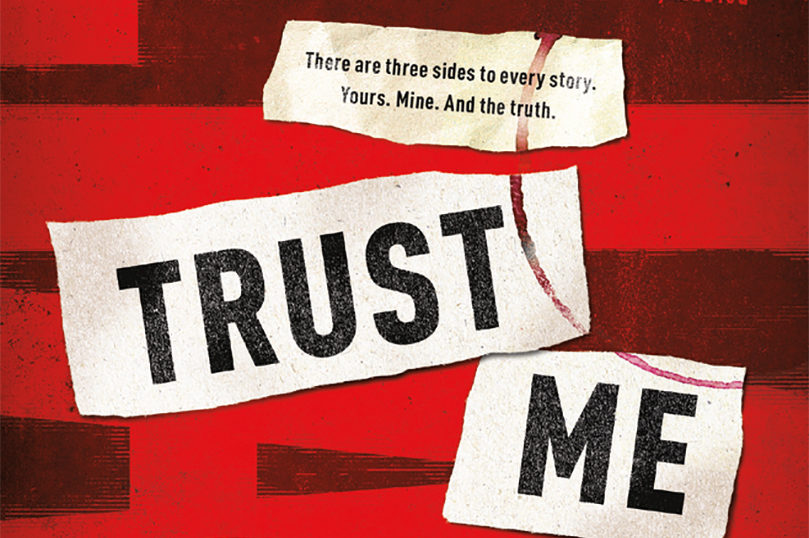
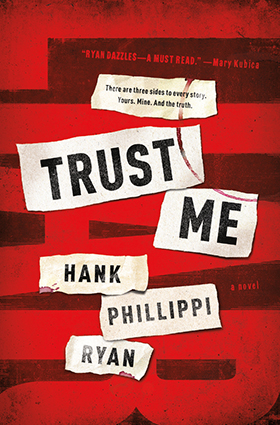





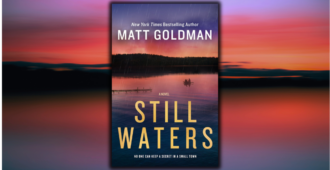

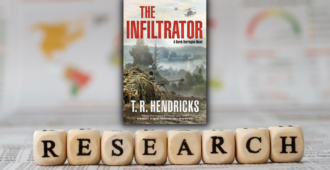
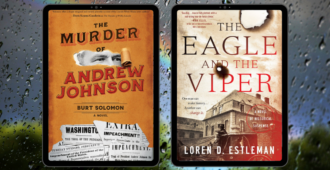
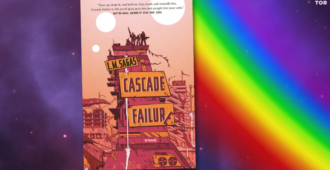
Wow, Hank! This is a genius plot! I can’t wait to read it. Congratulations!
Congratulations on writing about the Casey Anthony saga, looking forward to reading Trust Me! Thanks to the opportunity to win the book!
Oh, wow! I must have this book. Such an incredible storyline. Congratulations, Hank. This will be an instant bestseller. 🙂
Absolutely can NOT wait to read this book. It sounds so intriguing!